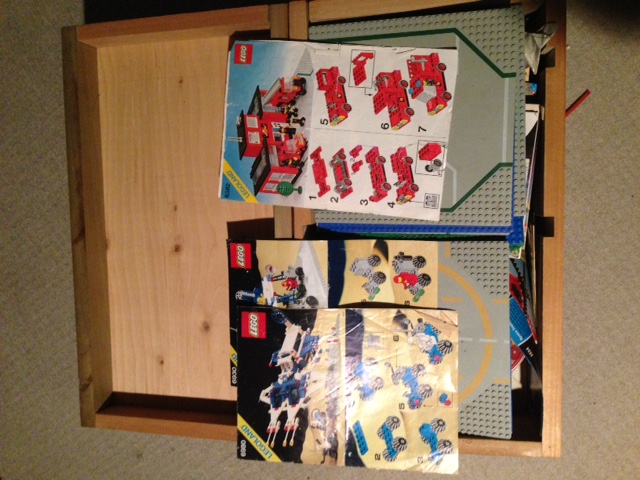Note: I am part of the Site 3 Fire Arts collective (S3FA), but I am speaking for myself, not them/us.
Some friends of mine went to FITC earlier today, ‘a three-day professional celebration of the best the world has to offer in design, web development, media and innovation in creative technologies.‘[1]
To me, reading the list of presentations, it feels like a software/design/digital/’creatives’ conference, and I’d always heard good things about it.
One of the presentations earlier today was about ‘Future Arcades‘, about how arcades and interactive installations can learn from each other. They even showed pictures of S3FA’s Riskee Ball! Yay! (Although, there was no attribution[2]. Boo!)
This naturally sparked a discussion about attribution, and how important it is. Whether people should be happy that their art/installation/etc is getting out there, or should be insisting on attribution and making sure people do so.
For S and I, this sparked a conversation about the line between ‘Making’ and ‘Art’. Is the attribution requirement different? Even if you’re copying the phone book, it feels polite to credit those whose shoulders you’re standing on.
Moving back to the title of this post, the more interesting[3] (for me) conversation was about the placement of the line between ‘Making’ and ‘Art'[4]. S mentioned that while we were designing and building Mirror Blaze, she always thought of it as a ‘Fire Installation’ more than ‘Art’. I had always referred to the group as ‘a fire art collective’, at which point most people asked if we spun poi. Some people in the group say that we build ‘Big Dumb Fire Art’.
So, how do you reconcile these views? I’ve always like the “I don’t know art, but I know what I like” statement, that like many things, you’ll know it when you see it. A common theme seems to be that there needs to be significant personal time and work invested by the artist(s) involved[5]. S suggests that intention of ‘Emotional Impact’ is what makes something ‘Art’ for her. (I’m the kind of person that takes great enjoyment in finding faces in everyday objects[6], so I guess that’s where the intentionality comes in.)
We also briefly touched on the line[7] between ‘Art’ and ‘Illustration’, but agreed that ’emotional intentionality’ also applied.
Comments? Questions? Rotten tomatoes? Comment below!
A note about ‘Art’ vs. ‘art’. I use the term ‘Art’ to refer to ‘what people generally think art is’, with all the associated baggage and politics that comes along with social pressures and millennia of history. Personally, I see art as whatever someone calls art, because at that point, they’re asking you to think and/or feel about the definition of art, if nothing else. I think there are also a number of things not described as art that qualify, but that’s another post.
[1]It always feels better to use peoples’ own ‘about’ statements.
[2]Maybe it’s my background in academia, where attribution is everything. Maybe it’s the fact that I seem to be good at Google, so it seems easy to me.
[3]Although I clearly had ‘feelings’ about attribution. Interesting the things you find in yourself while writing.
[4]I had originally had ‘Building’ here instead of ‘Making’. There’s a subtle difference, but ‘Making’ seems to be term more often used, and feels like it speaks better to what we do. (Even though there’s a *lot* of building. 😀 )
[5]I also feel like a lot of ‘Art’ presupposes one ‘Artist’, even if they have apprentices or other helpers.
[6]While researching this post, I came across this gem.
[7]Ha!

